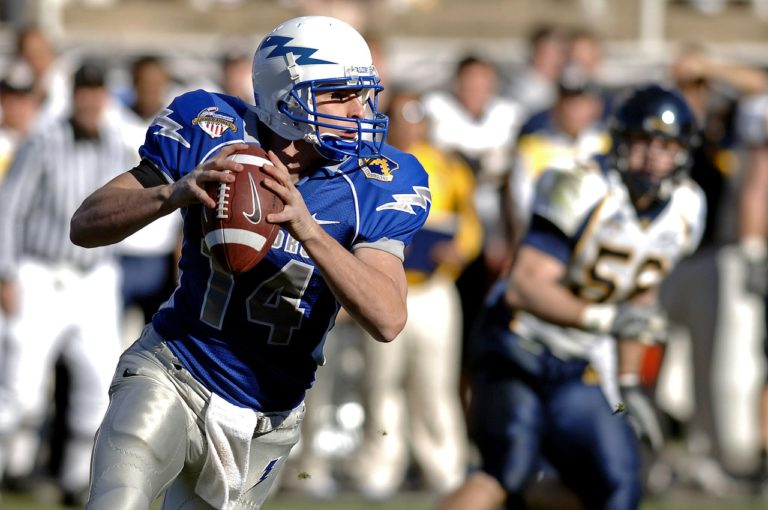Every year as children head back to school, families get excited about the prospect of their child playing sports. While football, soccer and other contact sports are all excellent ways to strengthen a child’s growing body while teaching them skills such as teamwork and leadership, it is also important for families to consider the potential risks. Unfortunately, many children sustain mouth injuries each year that are preventable with the proper use of mouthguards. As you prepare to suit your child up for their favorite sports this year, make sure to use this information about mouthguards to reinforce the importance of protecting their teeth and gums.
Understand How Mouthguards Protect Athletes From Injuries
Anytime that a child steps onto a field to play sports, they have a 10 percent risk of experiencing some type of mouth injury. Sadly, the majority of these injuries involve more than just a minor cut or bruising. Teeth are frequently knocked out or chipped to the point that they require major repair. Mouthguards fit over your child’s teeth and provide extra stability that absorbs the forces created when your child receives a blow to the mouth. The cushioning effect created by mouthguards also prevents lacerations in the mouth along with broken jaws.
Use a Mouthguard to Protect Teeth While Wearing Braces
Parents often think that a mouthguard cannot be worn with braces. However, this is a common myth that must be dispelled. When a child is wearing braces on the sports field, they are at an even greater risk of sustaining an injury. For instance, the metal wires and brackets used for traditional braces can cut into the inner cheeks if a ball hits your child’s face. Not only can this lead to a costly repair for the braces, but your child may also need further medical care to heal the dental trauma. Mouthguards can be worn over braces, and orthodontists recommend that this type of precaution is taken if your child plays sports where there is even a slight possibility of something coming in contact with their mouth.
Have Child Start Using Mouthguards at a Young Age
Another common myth associated with mouthguards is the idea that only high school athletes need to wear them. However, your child’s permanent teeth begin to come in around the time that your child is six or seven years of age. This means that a dental injury sustained on their youth team could generate an injury that affects them for a lifetime. Make sure that your child starts wearing a mouthguard as early as possible. While you may need to upgrade them to larger sizes as they age, you can protect their first adult teeth from being knocked loose during childhood.
How to Choose the Right Mouthguard
There are several types of mouthguards on the market, and you can work with your child’s dentist to find the best one. While some mouthguards can simply be purchased at any sporting goods store, others are custom made to fit the athlete’s teeth. When choosing a mouthguard, remember to factor in your child’s age, the type of sport that they play as well as whether or not they wear braces to help you make the decision.
As a parent, the choices that you make affect your child for a lifetime. Teach them to value their mouthguard just like they do their other pieces of equipment since protecting their oral health is just a critical as guarding against head injuries. While it may take some time, encouraging your child to wear their mouthguard regularly helps them to establish a habit that allows them to stay safe as they play their favorite sports.
Kidzania Pediatric Dentistry and Orthodontics offers high quality dental and orthodontic care for children and families in Aubrey, Little Elm, Prosper, Frisco, Celina and Denton, Texas.

